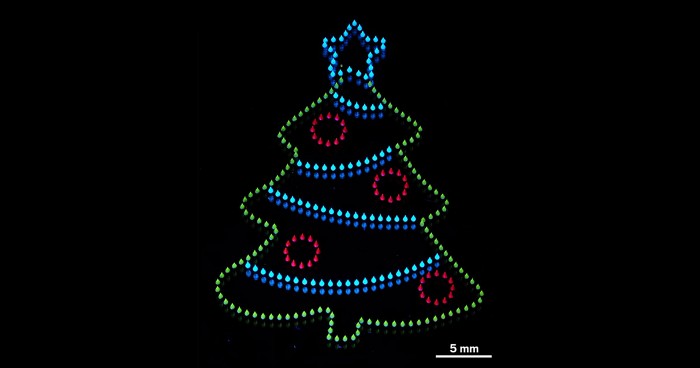Advertisement
Grab your lab coat. Let's get started
Welcome!
Welcome!
Create an account below to get 6 C&EN articles per month, receive newsletters and more - all free.
It seems this is your first time logging in online. Please enter the following information to continue.
As an ACS member you automatically get access to this site. All we need is few more details to create your reading experience.
Not you? Sign in with a different account.
Not you? Sign in with a different account.
ERROR 1
ERROR 1
ERROR 2
ERROR 2
ERROR 2
ERROR 2
ERROR 2
Password and Confirm password must match.
If you have an ACS member number, please enter it here so we can link this account to your membership. (optional)
ERROR 2
ACS values your privacy. By submitting your information, you are gaining access to C&EN and subscribing to our weekly newsletter. We use the information you provide to make your reading experience better, and we will never sell your data to third party members.
3-D Printing
Chemistry In Pictures
Chemistry in Pictures: En garde
by Craig Bettenhausen
July 3, 2024

Fencing has evolved from its pragmatic martial roots in delivering lethal stab wounds into an elegant sport based on points. As the demand for lethal strikes faded, fencing has become even more about speed, precision, and control. The grips, the parts of the handles around which fencers wrap their fingers, have become more sophisticated to serve that need. This grip on display in a special exhibition at Paris’ Musée du Luxembourg is made of 3D-printed titanium. Though titanium is more dense than aluminum, the most popular material for fencing grips, it is better-suited to 3D printing, allowing the metal to be shaped into a lightweight lattice custom designed for each athlete’s hand. This piece, made by the fencing specialist Leon Paul, weighs only 35 grams.
Credit: Craig Bettenhausen/C&EN
Do science. Take pictures. Win money. Enter our photo contest.




Join the conversation
Contact the reporter
Submit a Letter to the Editor for publication
Engage with us on Twitter